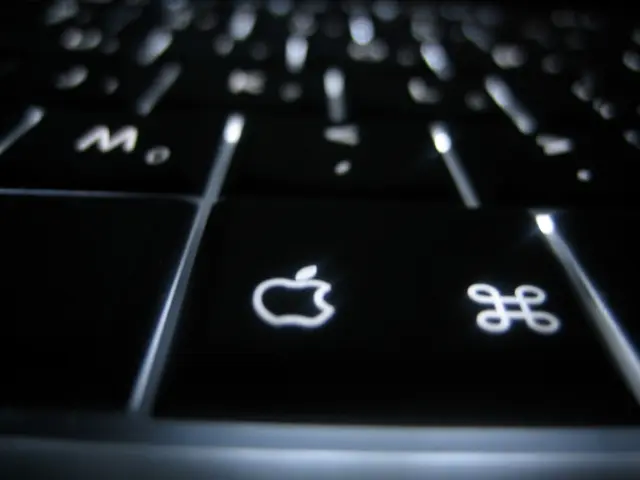Google enlarges its language offerings by integrating an extra 110 tongues, broadening its reach globally.
Google has made a significant stride in breaking down language barriers with its latest expansion of Google Translate's language support. The driving force behind this expansion is Google's PaLM 2 AI language model, which has proven to be a powerful tool in learning and translating languages.
With the addition of 110 new languages, Google Translate now serves approximately 614 million additional people worldwide. These new languages include lesser-known dialects and indigenous languages such as Nahuatl from Mexico and other indigenous languages from various regions worldwide. This update impacts countries with diverse linguistic heritages, including Mexico, South America, Africa, and Asia.
The inclusion of these languages is due to their similarity to languages already supported by the PaLM 2 AI language model. For instance, languages like Awadhi and Marwadi are included due to their close relation to Hindi. The expansion also includes various French creoles such as Seychellois Creole and Mauritian Creole, thanks to the advancements of Google's PaLM 2 AI language model.
This development allows iOS app developers to connect with a wider audience, opening up new opportunities for travel apps, international e-commerce platforms, and global communication tools. The new languages supported by Google Translate are now accessible to a global audience through the Google Translate app for both Android and iOS, as well as on translate.google.com.
The expansion of Google Translate's language support breaks down language barriers like never before, bringing us one step closer to the vision of a world where everyone understands each other. This progress in AI technology continues to make communication more accessible and inclusive, unlocking new opportunities for global interaction.
The vision of a world where everyone can communicate seamlessly is becoming increasingly attainable, and with Google's continued investment in AI language models like PaLM 2, we can expect to see even more advancements in the future.
Read also:
- Automotive Updates: Wolfspeed, NVIDIA, ABB, and Veritone in Spotlight
- Demonstrating Carbon Storage in Agricultural Forestry through Digital Monitoring and Verification
- Interview Questions for Erica Tandori, an Artist, Intellectual, and Educator at Monash University
- European Investment Bank Allocates €20 Million to Greek Food Technology Firm STIQ








